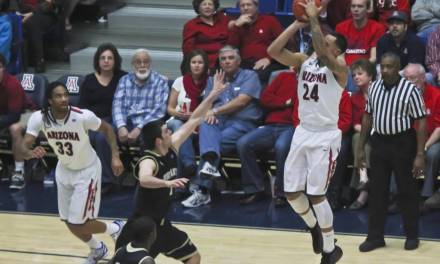When you are experimenting with team formations, playing with a lone striker is an option that can be used in various situations – often as a tactic for increased defensive stability or maybe because a striker gets injured and there are limited substitute options.
It may even be a formation you choose simply because you have a player that suits the lone striker role better than a 4-4-2 or 4-3-3 formation.
Generally, a lone striker will be a target player that can hold the ball up when they receive it. However, you may occasionally see some coaches identify the opponents’ main weakness as having a slow defence and deploy a fast-paced lone striker. They do this in the hope of outpacing the defence, considering the tactic as their best chance of getting a result from the game.
Playing a lone striker can be very difficult to adapt to if the team is not used to playing in that formation. Passes and crosses that get delivered to the lone striker must be accurate, or else you are just going to concede possession, putting the team under pressure.
Examples of good target players
Zlatan Ibrahimovic has played in the lone striker role at various times in his career.
His tall and powerful physique makes him ideal for the role but also his great ball control helps him to keep hold of the ball when there is little support around him from team-mates.
He spoke to FourFourTwo about his secret to mastering the role:
The key is not to lose the ball when you get it. If I’m alone, I try to protect the ball and keep defenders away using my back, arms, strength and balance. That’s important because if I can hold the ball, it gives the team a chance to join me in attack.
Training drill for a lone striker formation
A good way to practice getting balls to lone strikers is to set up a small sized game, using cones to create ‘gateways’ that Team A must pass through for the striker to run onto.
Use a full sized goal and lay out three gateways across the 18 yard line. You can make the gateways as narrow as you wish, depending on the skill level of the players.
With four players on Team A, three must stay back in midfield, passing the ball to each other until there is space to slot the ball through one of the gateways for the striker to run onto.
Team B consists of a goalkeeper and three defenders. Their role is to press the midfielders in Team A, try to intercept the pass before it is received by the striker, and tackle the striker before they can shoot.
You can increase the numbers of players and even add a scoring element for Team B to make the game more interesting for them. One option is to create a small goal without a goalkeeper to give them the opportunity to score when they gain possession.
The drill puts emphasis on making the pass to the striker as accurate as possible and squeezing the ball through gaps in the defensive line. It gives playmakers, midfielders and the striker practice in how this should work during a match.
Often, there will be a great deal of defensive pressure on the striker so a good first touch and ball control are essential. With little time and not much room to run in to, the striker has to gain control of the ball, assess the positioning of the defenders and goalkeepers, and shoot quickly before they are closed down.
In a game situation, if a striker tries to take too much time on the ball, their opportunity to shoot may pass as the defenders react to the attacking movement. Getting a shot in as early as possible is the key.
The future of the lone striker role
An interesting article published by thesefootballtimes.co suggests that the role of the lone striker is one that is becoming less frequently used in the modern game.
They reflect on how Gary Lineker, Gerd Muller and Denis Law were all prime examples of how the lone striker was used as part of a regular formation.
More commonly, the lone striker is now used as a tactic to stop the other team from scoring by giving the team a more defensive focus as opposed to a ‘Plan B’ or a starting option.
Many coaches expect more defensive responsibilities from strikers, with the pressing style often favoured in the modern football era rather than switching to a lone striker for strengthened defence.










